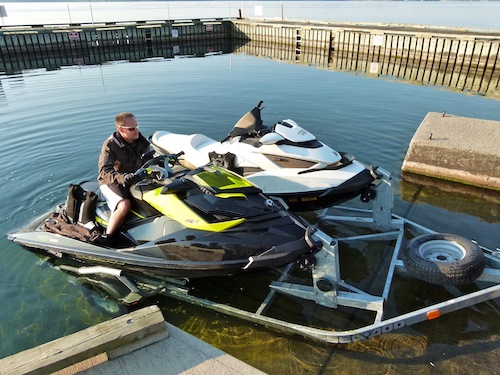News & Blogs
How Do You Winterize a Jet Boat?
How Do You Winterize a Jet Boat?
An Easy Guide to Protecting Your Watercraft
As winter approaches, jet boat owners must ask an essential question: how do you winterize a jet boat? Proper winterization is crucial for protecting your boat from the elements, especially freezing temperatures, which can damage your engine and other vital parts. Winterizing your boat ensures it’s ready to hit the water again when the warm weather returns. Here’s a comprehensive, step-by-step guide to show you how to winterize a jet boat effectively.
Why Winterize Your Jet Boat?
Before diving into the steps, let’s discuss why winterizing is so important. Jet boats are exposed to moisture and various elements that can cause wear and tear. Without proper winterization, parts of your boat—like the engine, fuel system, and hull—can suffer damage, leading to costly repairs. Winterizing helps prevent corrosion, freezing damage, and ensures your jet boat stays in good condition for the next season.
Step 1: Flush the Engine
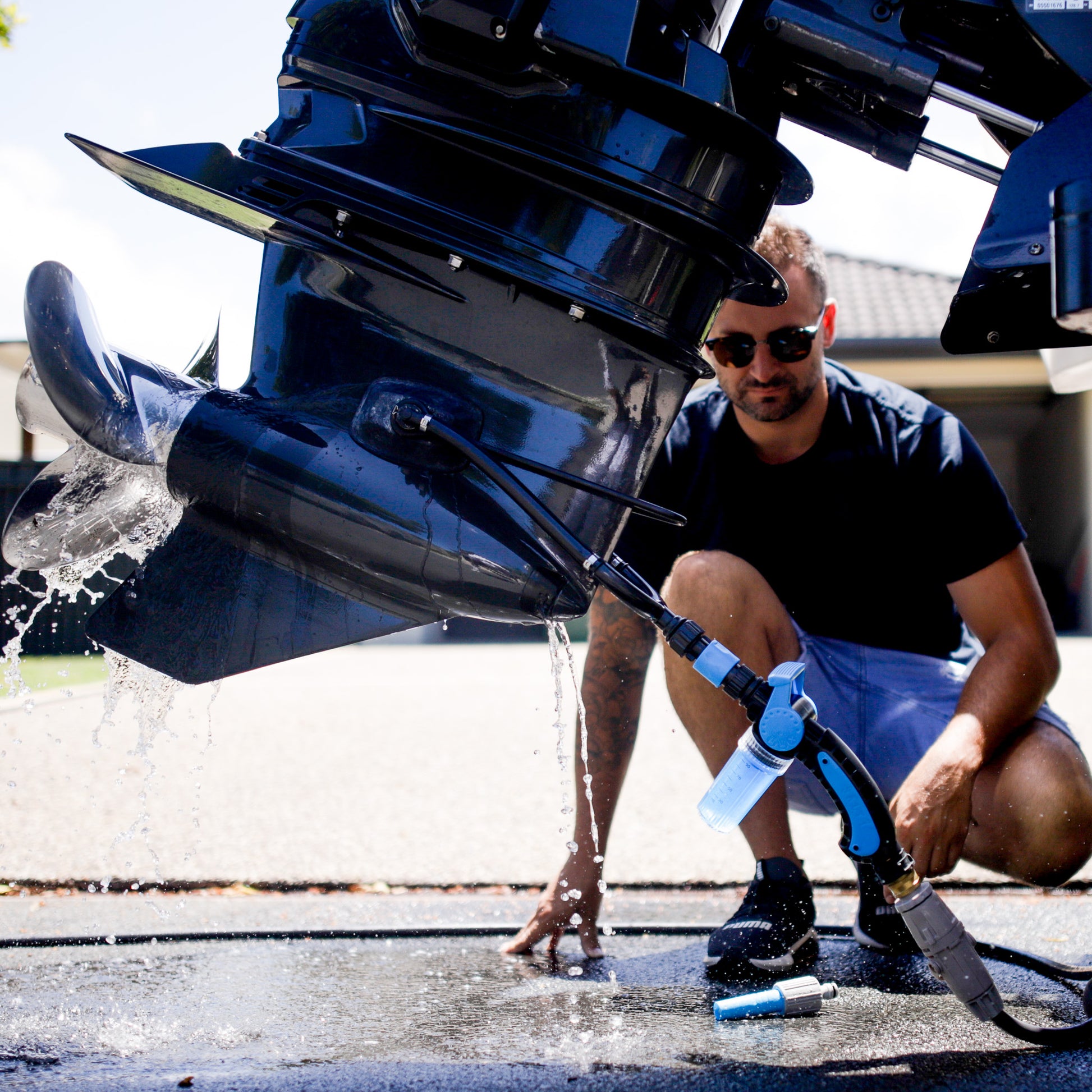
Flushing the engine is the first step to remove salt, dirt, and any other debris left from summer adventures. This step is especially critical if you’ve used your boat in saltwater, as salt can corrode metal parts over time. Here’s how to flush your jet boat’s engine:
Connect a freshwater source to the boat’s flush port, which is usually located near the engine.
Start the engine and allow water to run through it for a few minutes. This helps wash away any contaminants.
Flushing helps maintain the engine’s health by removing potential irritants and extending the life of your boat’s internal components.
Step 2: Drain Water from the Engine
After flushing, it’s important to drain any remaining water from the engine. Residual water can freeze and expand, which could cause cracks or other damage to the engine’s internal parts. Here’s how to drain the water:
Disconnect the freshwater source after flushing.
Briefly run the engine (just a few seconds) without water to push out any remaining liquid.
Be careful with this step; you don’t want to overheat the engine. Running it dry for a few seconds should be enough to force out trapped water without causing any harm.
Step 3: Add RV Antifreeze to the Cooling System

In some jet boats, especially those used in colder climates, a small amount of water may remain in the cooling system. This leftover water can freeze and cause severe damage if not addressed. To prevent this, many boat owners add RV antifreeze to the cooling system:
Pour marine-safe, environmentally friendly antifreeze into the cooling system.
Make sure the antifreeze circulates throughout the entire system to prevent freezing in all parts.
Using RV antifreeze is recommended because it’s designed to withstand low temperatures and is safer for marine environments. Make sure to choose a non-toxic option that’s approved for use with boats.
Step 4: Fog the Engine for Rust Prevention
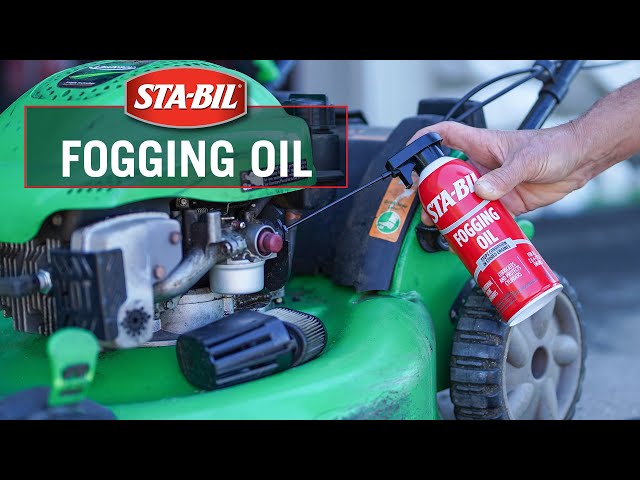
Fogging the engine adds an extra layer of protection against rust and corrosion by coating internal components with a fine layer of oil. Here’s how to fog your jet boat engine:
Start the engine and spray fogging oil into the carburetor.
Once you see smoke coming from the engine, you can stop spraying. The smoke indicates that the engine’s interior has been adequately coated.
Fogging prevents moisture from settling on metal parts, which can lead to rust. This step is especially important for engines that will sit idle over the winter months.
Step 5: Change the Oil and Filter
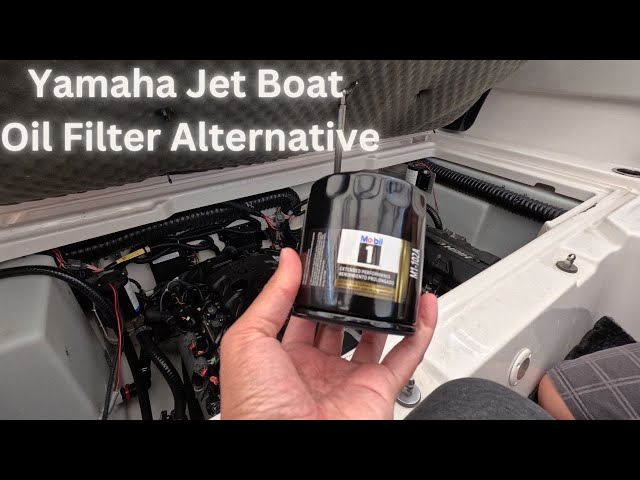
Changing the oil and filter before storing your boat is another crucial step in the winterization process. Old oil can contain contaminants that may damage the engine over time. Here’s how to handle it:
Drain the old oil completely from the engine.
Replace it with fresh, high-quality marine oil that’s suitable for your specific jet boat model.
Replace the oil filter as well to ensure optimal engine health.
Fresh oil protects the engine components by keeping them lubricated, which reduces wear and tear and keeps everything running smoothly.
Step 6: Fill the Fuel Tank and Add Fuel Stabilizer
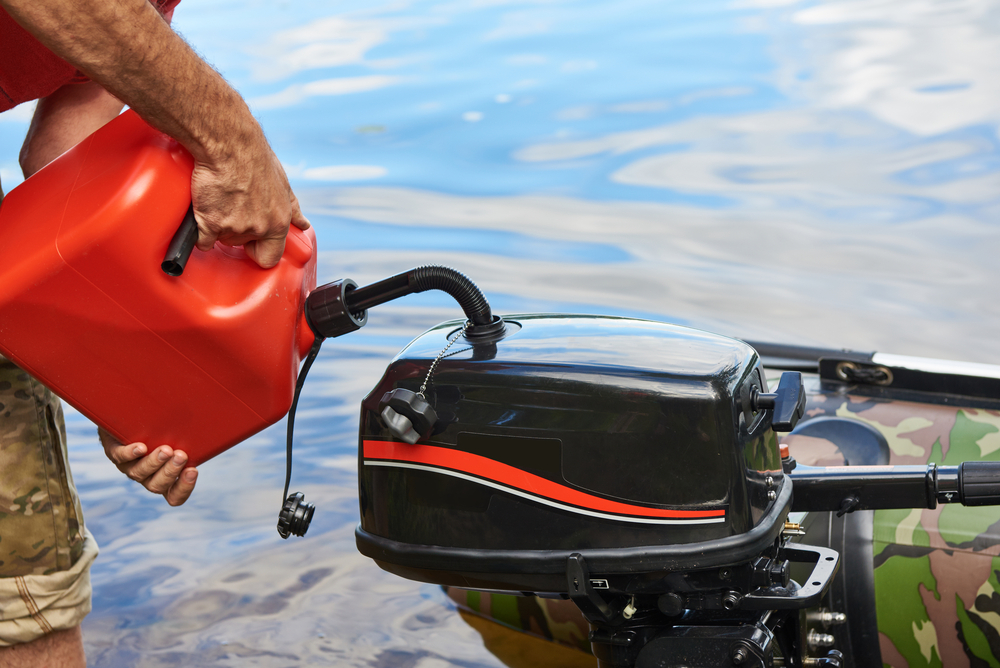
An empty fuel tank can attract moisture, leading to rust and corrosion in the fuel system. Here’s how to protect your fuel system during winter:
Fill the fuel tank to around 95% capacity. Avoid overfilling to leave room for fuel expansion.
Add a fuel stabilizer to the tank. Stabilizers prevent the fuel from breaking down and gumming up, which could clog the engine.
Adding a fuel stabilizer is essential, as it keeps the fuel fresh and prevents it from causing issues when you start the boat again in spring.
Step 7: Disconnect and Store the Battery
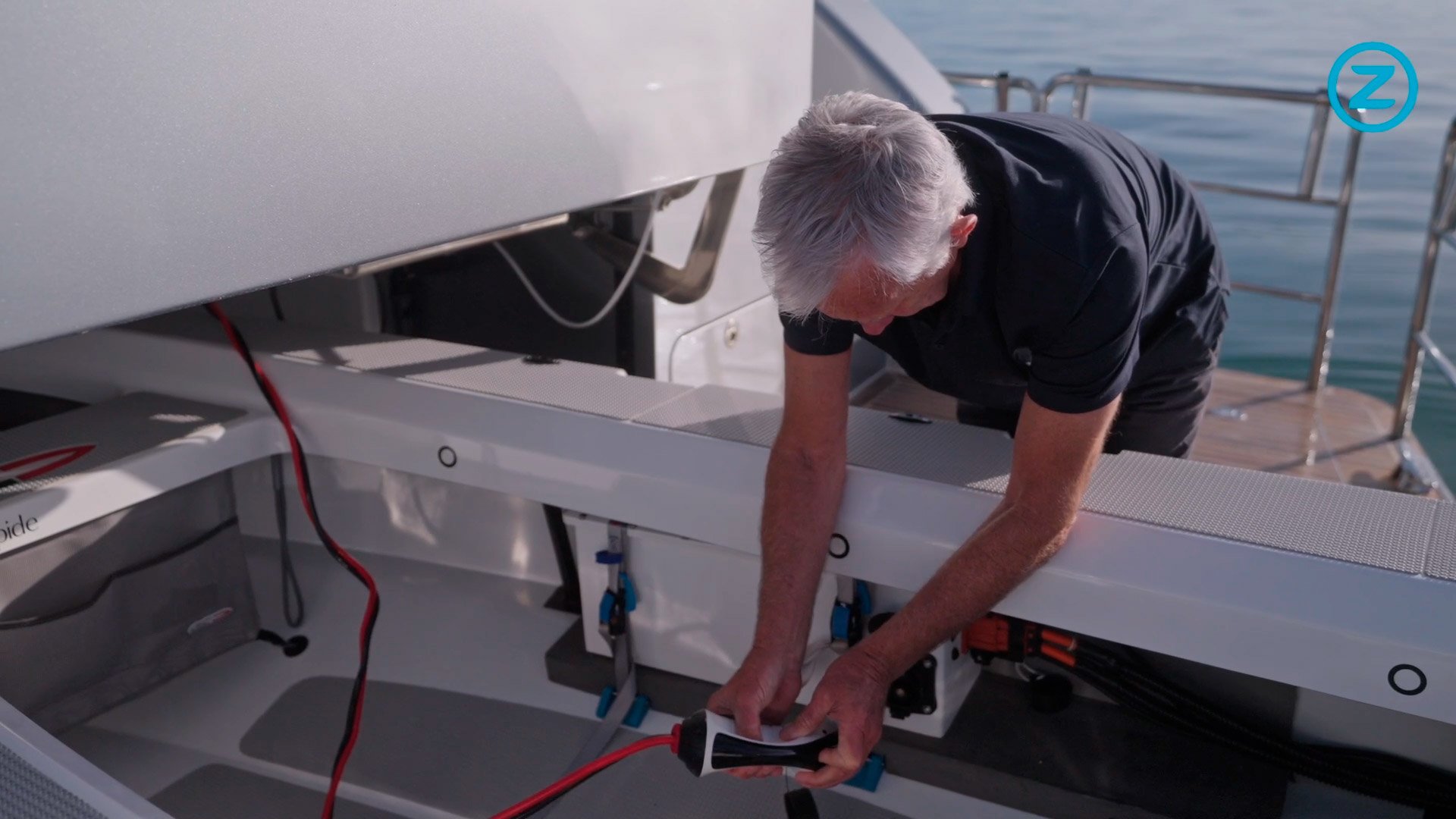
Your boat’s battery can lose charge if left connected all winter. Cold temperatures can also shorten its lifespan. Here’s how to handle the battery:
Disconnect the battery cables and remove the battery from the boat.
Store the battery in a cool, dry place. Ideally, place it on a trickle charger to keep it charged through the winter.
Regularly charging the battery during the winter ensures it’s ready for action when you reinstall it in the spring. Batteries can lose their charge if left idle, so maintenance charging is a good idea.
Step 8: Clean and Protect the Hull
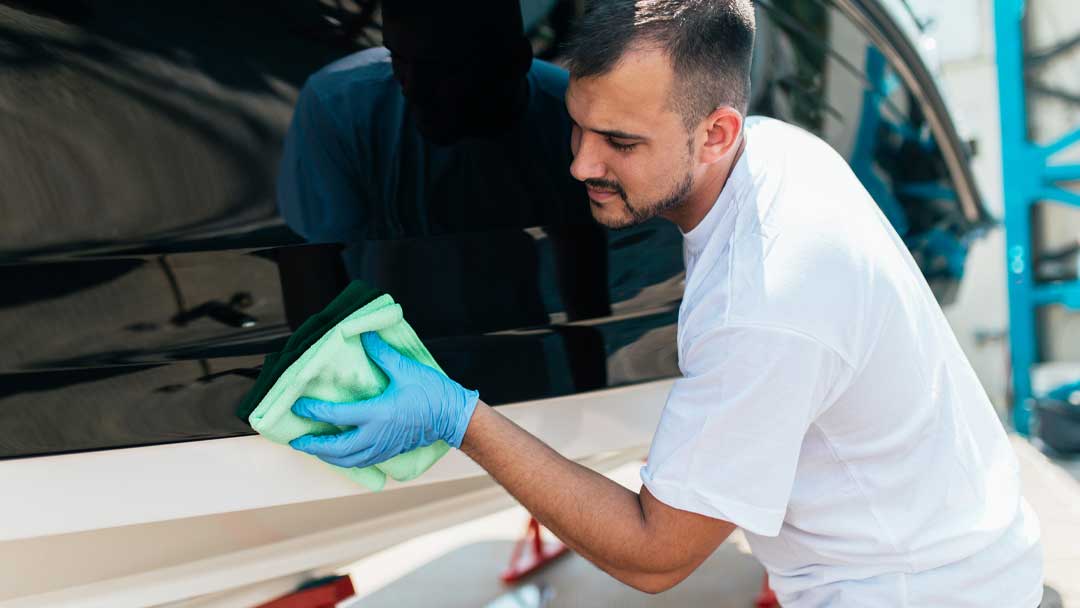
Winter storage is a great opportunity to clean your boat thoroughly. Here’s how to do it:
Wash the hull with a boat-friendly cleaner to remove dirt, algae, or grime.
Rinse thoroughly and let the hull dry completely.
Apply a coat of protective wax to the hull. This layer prevents moisture and dirt from building up over the winter.
A clean and waxed hull not only looks good but also prevents discoloration and damage from moisture during winter storage.
Step 9: Cover Your Jet Boat

Covering your jet boat is essential to protect it from snow, ice, and debris over the winter. Here’s what to do:
Choose a high-quality, waterproof cover that fits your boat well.
Make sure the cover is tightly secured to prevent any water or snow from seeping in.
A snug cover protects the boat’s interior and exterior, keeping it in good shape for the next season. Make sure the cover allows ventilation to prevent mold and mildew buildup.
Extra Tips for Winterizing a Jet Boat
Inspect for Damage: Winterization is an excellent time to check for any damage. Look for cracks, leaks, or worn-out parts that need fixing.
Check the Propulsion System: Jet boats can accumulate debris in the intake. Ensure the intake is clear to prevent issues next season.
Store Accessories Separately: Remove any personal items, electronics, or accessories and store them indoors. This helps prevent wear and tear.
For AdmitJet Electric Mini Jet Boat Owners
If you own an AdmitJet Electric Mini Jet Boat, there are a few additional steps. Since the AdmitJet runs on an electric battery, you’ll need to turn off both the Charge on and Charge off functions using the ANT App. Additionally, charge the battery every three months to maintain optimal performance during the off-season.
By following these steps, you can protect your jet boat and ensure it’s ready for new adventures once the weather warms up. Winterizing your boat not only extends its life but also makes it easier to get back on the water when spring returns. With a little preparation, your jet boat will be in perfect shape to hit the water for another season of fun!

